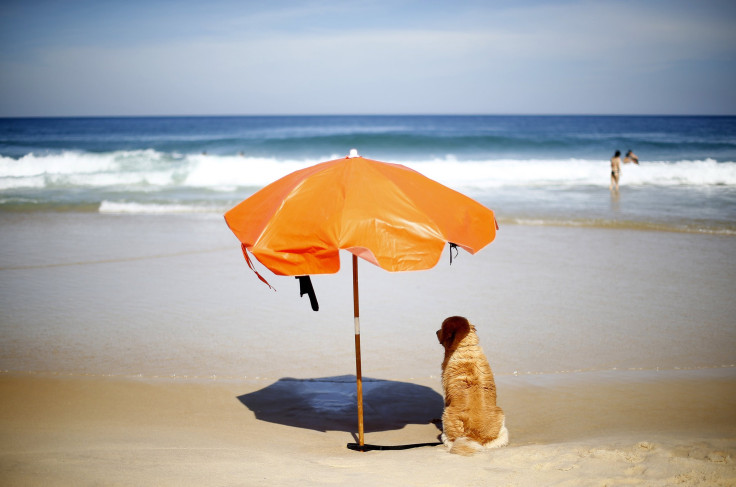National Heat Awareness Day: How To Protect Your Pet From Heatstroke

The last Friday of May is marked National Heat Awareness Day, as excessive heat results in thousands of fatalities across the United States every year. Many of those affected by heat waves which also cause dehydrations are children and elderly people.
Other than children and elderly people, your pets are also largely affected when the temperature rises. This day is also a reminder to take special care of your pets.
Animals, especially dogs and cats, are vulnerable to injuries and illnesses from hot weather including heatstrokes, sunburns, and foot pad burns. The most dangerous condition is heatstroke, which can cause organ failure, seizure, brain damage, hemorrhage, blindness, convulsions and even death for dogs.
Read: How To Travel With Dogs And Cats On A Plane
Heat exhaustion is generally the early stage of the more deadly heatstroke. Heat exhaustion symptoms can include diarrhea, nausea and vomiting, rapid panting, and the reddening of skin inside the ears.
Every year, pets suffer and die when they are left in a parked car while their guardians run an errand. On a 78-degree day, the temperature inside a parked car can soar to between 100 and 120 degrees in just minutes, and on a 90-degree day, the interior temperature can reach as high as 160 degrees in less than 10 minutes, according to reports.
Animals can sustain brain damage or even die from heatstroke in just 15 minutes. Dogs with compromised health are at even greater risk.
Heatstroke symptoms include restlessness, excessive thirst, thick saliva, heavy panting, lethargy, lack of appetite, darkening of the tongue, rapid heartbeat, fever, vomiting, bloody diarrhea, and lack of coordination. Dehydration, insufficient water intake and restricted access to water can also cause a heatstroke.
Below are a few rules every pet parent should follow to prevent heatstroke danger.
1. Don’t allow your pets to linger on hot surfaces like asphalt and cement during high temperatures as this could cause burns on sensitive paw pads.
2. Give your long-coated pet dog a haircut during this time to prevent overheating, but never shave to the skin as it could make the skin more prone to sunburns.
3. Provide access to fresh water at all times.
4. Never leave your pet inside a vehicle, even if the car is parked in the shade.
5. Do not make your dog exercise during the daytime.
6. Give your pet a cool place to relax.
7. Don't allow your pet to walk on hot sidewalks, pavements, and parking lots.
8. In case your pet shows heat exhaustion or heatstroke symptoms, provide the animal with water and give a bath in cool water. Avoid using ice cold water at this time.
© Copyright IBTimes 2024. All rights reserved.





















